Does Space Travel Alter the Genome – NASA Twin Study

On the left is Scott, who has lived on the International Space Station for a year; on the right is his twin brother Mark, who is in control on Earth
Scott Kelly and Mark Kelly is the most legendary twin brother in human spaceflight, both of whom have been in space many times as NASA astronauts.
Together, the brothers participated in NASA’s mission, the Twin Experiment Program. Scott lives in space, while Mark stays on Earth. The scientists hope that by comparing the physical changes between the two of them, they can further understand the impact of space life on the human body.
The experiment allowed Scott to stay on the space station for 340 consecutive days. During this time, Scott traveled 230 million kilometers around The Earth, took 713 space photos, and completed more than 400 scientific experiments. His followers on social networks exceeded one million, and then-US President Barack Obama interacted with him on Twitter several times. Scott is a representative astronaut in the history of American spaceflight.
As a space veteran who has experienced 4 space flights, Scott has led the team to work on the space station three times, and with this nearly one-year space trip, Scott’s overall space mission time has reached 520 days.
In Scott’s view, the space station is not mysterious, just a unique space with constant noise and bad smell (scott says, the moment you open the door of the International Space Station, you will smell a strong smell of metal burning, or the smell of welded metal — that’s the smell of space). Living on a space station outside the earth for a long time will make people have an emotional connection to all the scenes and human beings regardless of race and country in the process of overlooking the earth.
He said it is difficult for people who have not lived in space to understand their nostalgia for nature and life. And after experiencing the life of the space station, all the things that are very everyday on Earth are more precious to him, even the sound of wind, rain, or gravity itself.
Mixed Taste Space
According to Scott’s own description, you will feel that the place is not very comfortable at all. All kinds of instruments and equipment in the space station will emit their own smell and float in all corners of the space station. Unlike the ground, in weightless conditions, tiny particles of plastic will float in the air and mix into every breath of astronauts. “There’s also a faint smell of garbage and body.”
Scott himself said that after a few months on the space station, you will find that it is not like an object, but a very special place. One room is connected to another, and each room has a different purpose and corresponding equipment, and even each room has its own unique taste.
In this only human space outside of Earth, traces of life are still scarce and precious, and even bacteria are very few. Scott has said more than once that people who have not been on the space station have a hard time understanding their nostalgia for nature and life.
To alleviate this mood, astronauts love to listen to recordings of nature — the sound of water in the rainforest, the chirping of birds in the forest. Even to the extreme, astronauts will take a recording of mosquitoes buzzing into space.
The space station has a dome capsule — a segment made entirely of glass that overlooks the entire globe as if it were designed to ease astronauts’ homesickness. At an altitude of less than 400 kilometers, the space station orbits the Earth every 90 minutes. When astronauts are idle, they will sit in front of the window and look at the earth for a long time.
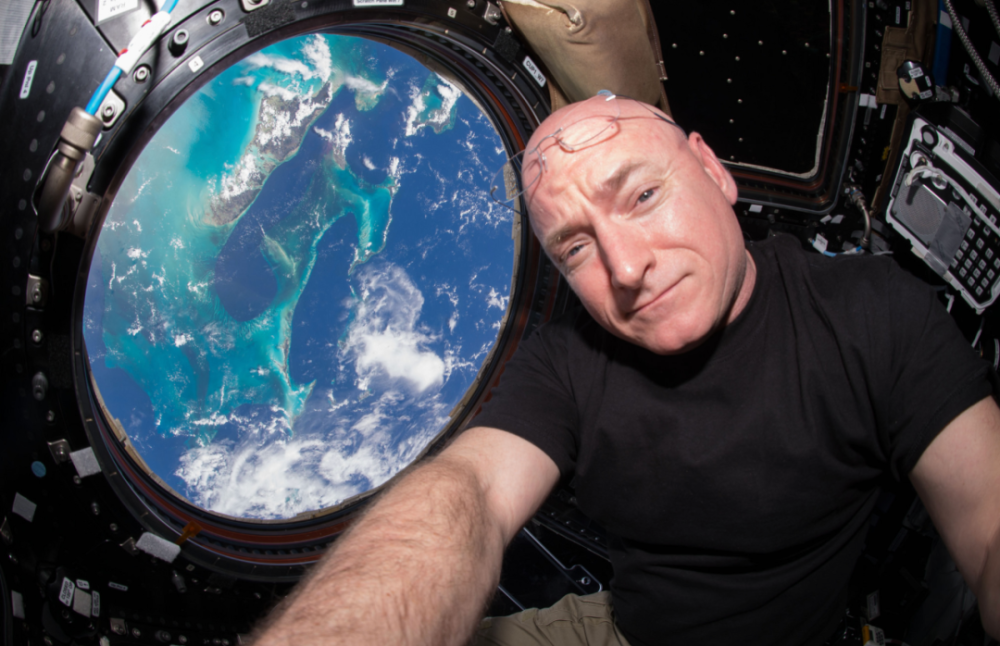
Scott in the dome

Scott in the dome

Scott looks down on Earth from the dome
Not many people have overlooked the Earth at this height, and Scott said that when you look at the Earth from space, there will be a sense of withdrawal that cannot be experienced on Earth. “Sometimes when I look at the earth, I think of everything that is important to me, and everyone who has ever lived on the earth and died is there.” But for Scott on the space station, the people who live together on the space station are all human beings.
Scott spent a third of his time on the space station doing scientific experiments, which in turn was spent on anthropological research.
Interestingly, we on Earth rarely see mice as friends, but in the lifeless space station, it seems that as long as it is a life, it can make astronauts have some resonance.
Mice as the eternal experimental object of human beings, a small number will enter the space station and become space experiment rats. If you think about it, it is a very magical thing for mice that lack targeted training to go to space.
The mice that had just entered space were in a state of weightlessness, panicked, their claws scratching around, trying to figure out why they kept floating in the air. The mouse body floated and every writhing was watched by Scott.
As the operator of the experiment, Scott needs to draw blood, X-ray, and so on to mice. These are all about figuring out the effects of the space environment on animal eye damage, bone loss and muscle atrophy.
Mice may not be aware of it all happening, but Scott knows that these biological processes that happen to mice also happen to them all the time.
At this time, humans and lab mice in space seem to have developed an emotional connection across species.
Face Death
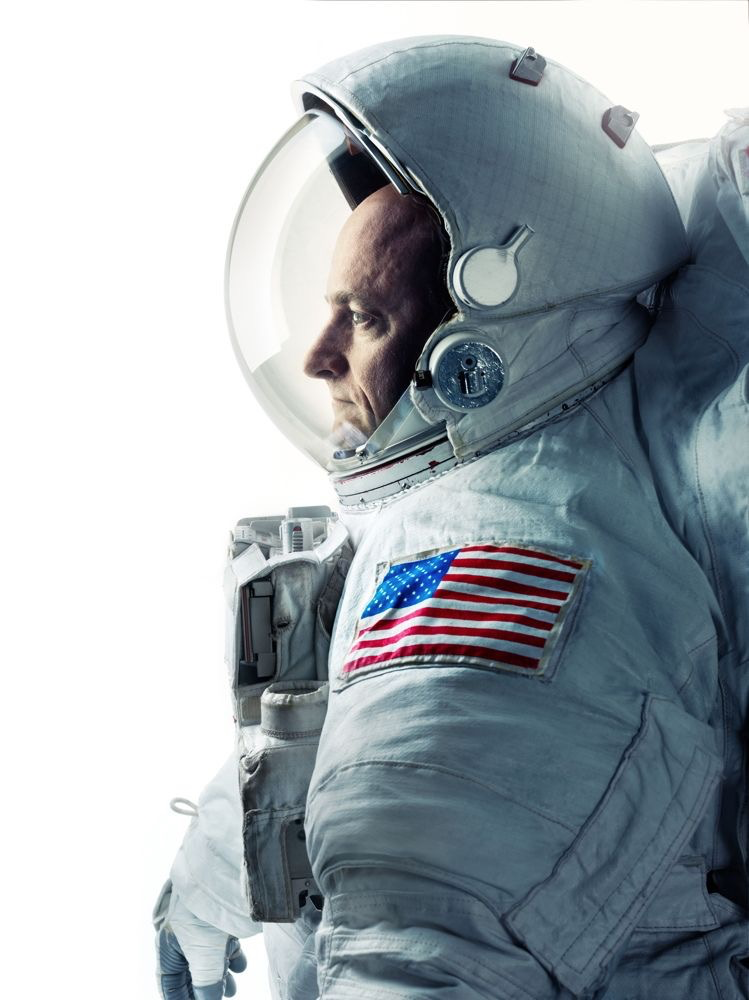
Scott Kelly
The dangers encountered on the space station are unimaginable on the ground, and when faced with death threats at an altitude of 400 kilometers above the ground, the rigorously trained astronauts showed an almost cold-blooded rationality.
At one point, a control center in Houston issued a collision warning to the space station: a space junk from a Russian satellite was approaching the space station and was at risk of collision, reaching a relative speed of 14 kilometers per second. This speed is 20 times faster than a normal pistol bullet.
In 2016, a piece of debris less than a thousandth of a centimeter in diameter directly knocked the station’s dome capsule out of a 7-millimeter crack. It has been calculated that if the diameter of the debris reaches 10 centimeters, it will be enough to easily penetrate the space station. This most expensive man-made object is so fragile in space.
According to the regulations, before the estimated intersection time, astronauts need to close as many doors as possible in case one segment is broken, so that air can be retained in other segments. This looks a bit like the last struggle of humanity before facing a catastrophe, and before the crisis comes, it can only make all the preparations according to the instructions in the manual, and the rest is to wait calmly.
Scott said of the incident, “The Russian way is, fuck it, they’re going to eat lunch in what could be the last 20 minutes of their lives.” Even Scott, who was busy closing the hatches at the time, was pulled by his Russian friends and ate a can of appetizers together in an emergency.
It wasn’t until the first 10 minutes of the expected rendezvous that everyone on the space station boarded the Soyuz spacecraft. If the space station is really unlucky enough to be broken, all they can do is flee. In the past 15 years, this emergency has only happened 4 times. In the final countdown, several astronauts huddled in the tiny spacecraft, their expressions distorted, as if they were waiting for the lottery to wait for the disaster not to happen. Fortunately, after a period of torturous silence, a message from the ground control center in Moscow announced that the danger was lifted.
At this point, Scott returned to the space station and reopened the hatches one by one, while the Russian astronauts returned to their cabins and continued to eat the interrupted lunch.
At that time, only the Tao was commonplace
After spending nearly a year in space, those Earthly routines became what Scott longed for most. Before leaving the station, Kelly instructed his wife to fix the shower, pool, and hot tub in the backyard at home.
On a space station where every pair of pants can be worn for 6 months, bathing with water and letting the water wash over the surface of the skin is an option that has never been seen before. It’s probably hard to appreciate this desperate desire for water, but scott is like that, and he repeatedly mentions in his book that he can’t wait to run into the house and jump into the pool.
In addition, Scott sent his wife a list of Gatorade drinks, doghead shark beer, strawberries, creamy wine, and mineral water.
Scott said in a later interview that for someone who has been floating in space for a year, almost everything on the ground is so worth enjoying, even gravity itself.
When asked how to miss the earth, those things like rain, cluttered supermarket shelves, the rustle of books as they turn pages, and even the feeling of sitting on the couch become valuable and meaningful answers.
Finally, the signal to return home sounded, and on February 29, 2016, Scott handed over command of the space station to Tim Kopala for the next day’s return to Earth.
The joy of the ship’s descent will make Scott so happy that he forgets the many dangers in the process. The spaceship turned into a large fireball, and he said that when he looked out from the inside, the windows had been burned black, and the people inside were like they were passing through a large waterfall in a fire. The sensation is so exciting that the adrenaline suddenly spikes.
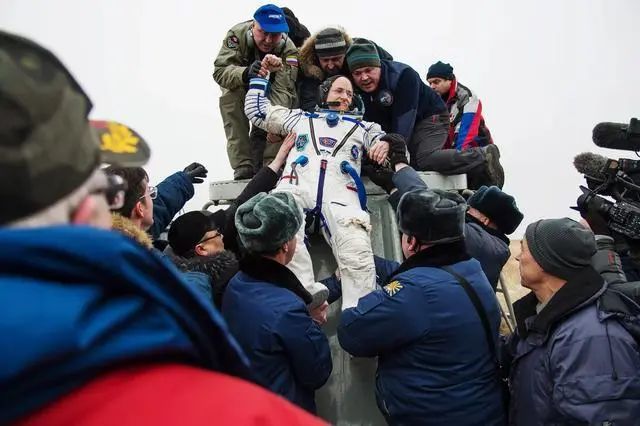
Scott was helped out of the spacecraft by ground staff
The continuous reduction of the height is the process of gradually feeling the gravity. The long-lost gravity increased slowly from the beginning, and then rose sharply, pressing on Scott, and he felt that it had become extremely heavy from his head to his arms, and even the watch on his wrist looked like a huge weight. With the final “car accident-like” impact, the return capsule landed violently and safely. At the moment the hatch opens, air pours in, and what impresses Scott the most is still the unique smell, which is the rich air and the smell of winter, and Scott and his teammates high-five each other.
Scott remembered the moment he was helped out of the spaceship by the ground crew, he waved his fist in the air, and there was a wonderful sweetness in the air, a mixture of the scent of a charred Soyuz and honeysuckle. That’s what it’s like to be back on Earth.
Data Analysis
Scientist Susan Bailey was responsible for the study of the Kelly brother telomeres, the protective caps at both ends of the chromosomes, to help ensure that cells divide correctly when chromosomes replicate. Bailey, a radiation cytogeneticist at Colorado State University and a professor at Colorado State University, believes that long-term exposure to radiation, microgravity, and other space-related stressors (such as bone density, vision, and hearing can all be affected) will cause Scott’s telomeres to be shorter. But that didn’t happen! Scott’s telomeres are not only not shortened, but longer. And a few months after he returned to Earth, he returned to the level he had been before going to the space station.

Scott is drawing his own blood
Although Bailey laughed at the perverse result, it was validated by the same results in 10 other astronauts. You know, the length of telomeres normally only gets shorter.
It should be noted that although long telomeres under normal conditions mean longer lifespan, there are exceptions, and it may also increase the risk of cancer. When cancer comes, the first thing to do is activate telomerase and maintain the length of telomeres so that cancer cells can wreak havoc.
Comparison of twins
Andy Feinberg’s team, which tests the methylation test for the Kelly brothers’ DNA, encountered a similar problem. Before Scott went to space, the brothers had similar DNA methylation levels, scott’s DNA methylation levels decreased during space, while Mark’s dna methylation levels increased. After Scott returned to Earth, both returned to their original baseline. In response to this result, Feinberg gave up the interpretation of this result Mason, Bailey and Feinberg are very careful to point out that the study itself involves too many influencing factors, in addition to gravity reasons, nutrition, sleep, radiation, etc., and future studies need to include more samples.
The ultimate goal of NASA’s health research or monitoring of astronauts is to find out the effects of long-term space travel on the body, and if there is a day in the future, there will be a way to develop targeted measures before moving in space. However, this still has a long way to go, and we can only hope to come to Japan for a long time!

Scott Kelly and Mark Kelly
[1]ISS as a Laboratory – A Lab Aloft (International Space Station Research) (nasa.gov)
[2]bone density – A Lab Aloft (International Space Station Research) (nasa.gov)

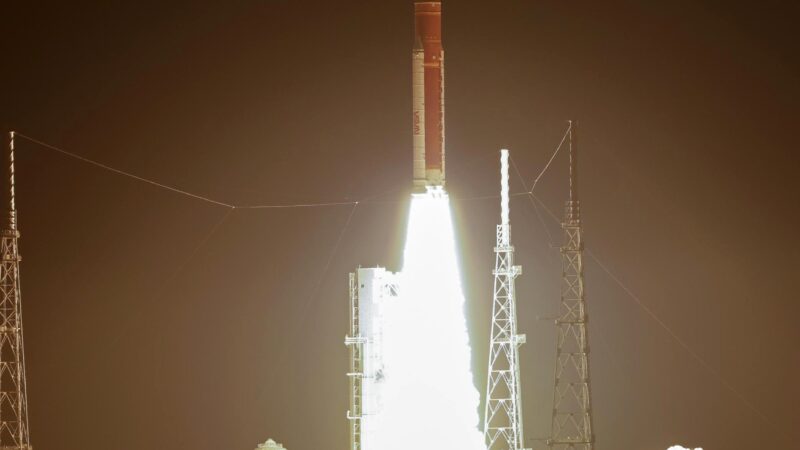

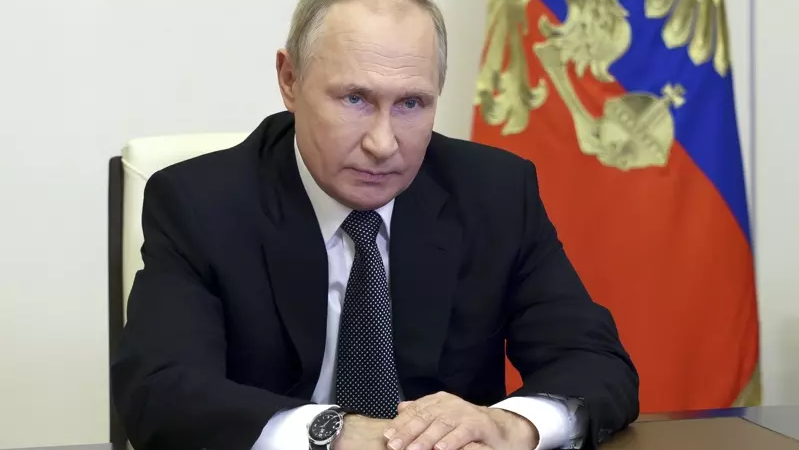
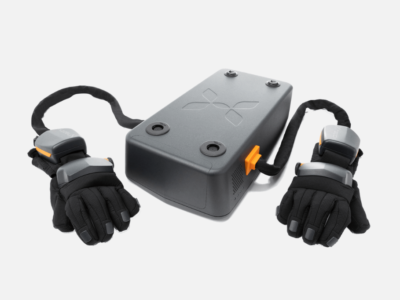
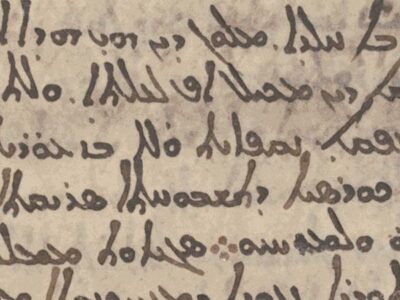




amazing istruction